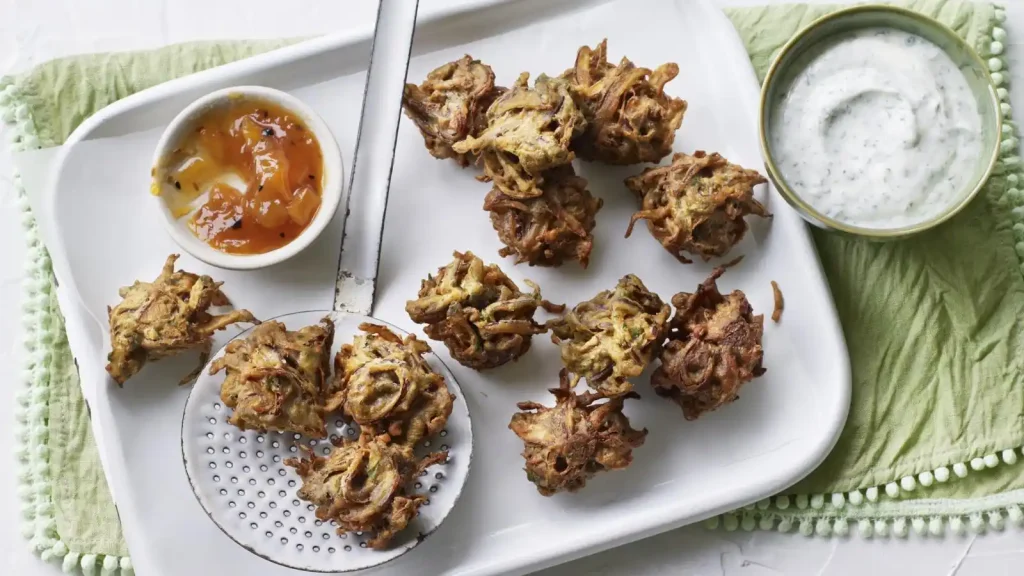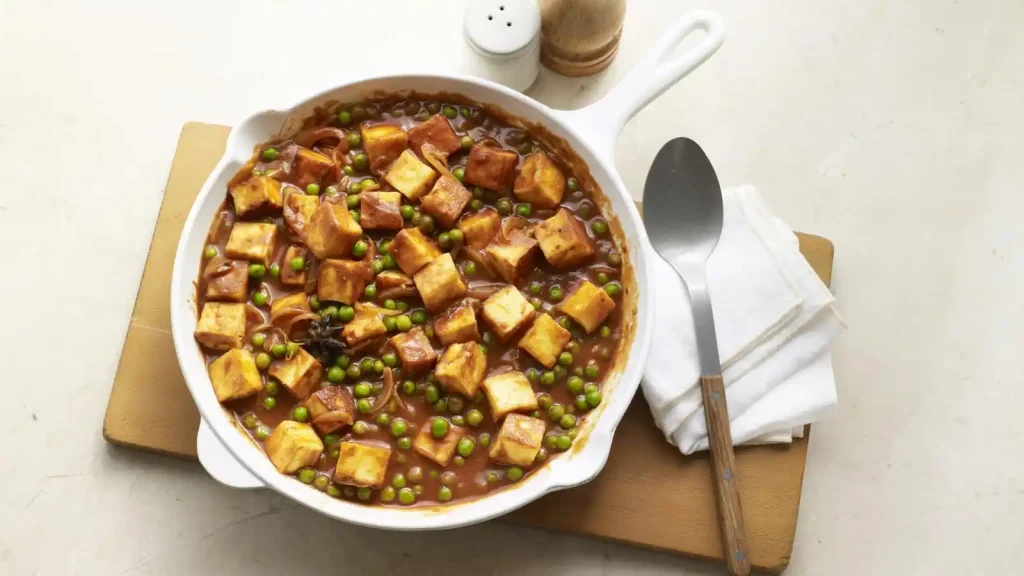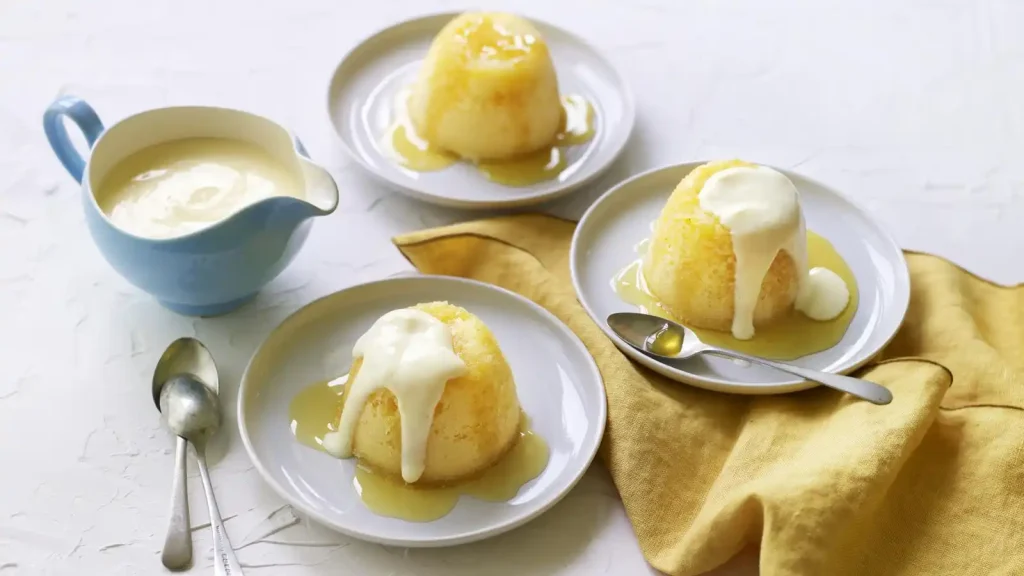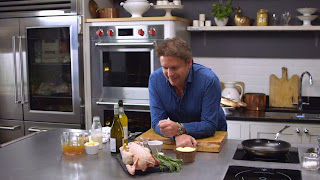Best Home Cook episode 5

Best Home Cook episode 5 - In the kitchen, the atmosphere is electric as the six remaining contestants gear up for what promises to be an unforgettable curry night feast. The challenge laid out before them is not only to showcase their culinary skills but also to pay homage to the rich and diverse tradition of curry-making. Each cook is tasked with creating a spread that includes two vegetable-based dishes, a serving of traditional bread, and a fried delicacy that promises to tantalize the taste buds.
As the clock ticks, the air fills with the aroma of exotic spices and the sizzle of frying pans. Each contestant brings their unique perspective to the table, hoping to impress the judges with their interpretation of the classic curry feast. The essence of the challenge lies in their ability to balance the complexity of flavors, ensuring each dish complements the others, creating a harmonious spread that speaks volumes of their culinary prowess.
In an unexpected twist, two daring cooks decide to venture into uncharted territory, incorporating ingredients into their curries that have never graced the judges' palates in this context before. It's a bold move that raises the stakes, leaving onlookers and fellow contestants alike buzzing with anticipation. The question on everyone's mind is whether this gamble will elevate their dishes to new heights or if it will be a step too far, deviating from the essence of what makes a curry truly exceptional.
Best Home Cook episode 5
The judges, seasoned experts with a deep appreciation for culinary innovation, await with bated breath. Their role is not just to evaluate the dishes based on taste alone but to consider the creativity, presentation, and how well each cook has managed to stay true to the traditional roots of curry-making while infusing their personal touch. It's a fine line to walk, and the outcome is anything but predictable.
Best Home Cook episode 5
As the evening unfolds, the cooks present their creations, each dish a reflection of their journey, passion, and the risks they've taken. The fried snacks crackle with each bite, the vegetable dishes offer a comforting warmth, and the traditional bread, soft and inviting, serves as the perfect vessel to savor every last drop of curry.
Best Home Cook episode 5
The judges deliberate, their discussions intense as they weigh the merits of innovation against the backdrop of tradition. It's a celebration of culinary artistry, where each decision could change the course of the competition. The anticipation builds until the verdict is finally announced, revealing whether the risks taken by the adventurous cooks have indeed paid off, setting a new benchmark for what can be achieved in the art of curry-making.
This episode of Best Home Cook, episode 5, stands as a testament to the enduring appeal of curry, a dish that transcends borders and cultures, continuously evolving while remaining deeply rooted in tradition. It's a narrative of risk, reward, and the relentless pursuit of culinary excellence, leaving viewers eagerly awaiting the next chapter in this gastronomic journey.
Onion bhajis
 Onion bhajis
Onion bhajisThese delightful mini onion bhajis are not only quick and easy to prepare, but they also emerge as an irresistible treat straight from the pan. Perfect as a savory snack or as a complementary side dish to a curry meal, their versatility is unmatched. If you find yourself with leftovers, worry not, as they can be conveniently frozen and later reheated in the oven, ensuring that the flavors are preserved and can be enjoyed again with minimal fuss.
Ingredients:
- vegetable oil, for deep frying
- 2 red onions, thinly sliced
- 4 tbsp chopped fresh coriander leaves
- ½ tsp chilli powder
- ½ tsp ground turmeric
- 1 tsp garam masala
- 2 tsp ground coriander
- 2 tsp ground cumin
- 100g/3½oz gram (chickpea) flour
- 2 garlic cloves, crushed
- 15g/½oz fresh root ginger, peeled and finely grated
- salt
Method:
- Add the vegetable oil to a deep-fat fryer and preheat to 180C. Alternatively, heat around 4–5cm/1½–2in oil in a deep saucepan. To test the oil is hot enough, carefully drop a little of the bhaji batter into the oil – it will sizzle once hot enough and start to brown. (CAUTION: hot oil can be dangerous. Do not leave unattended.)
- Place the red onion in a large bowl and add the chopped coriander, chilli powder, turmeric, garam masala, ground coriander and cumin. Add the gram flour, garlic, ginger and a generous sprinkle of salt. Pour in approximately 75ml/2½fl oz cold water to bind. Mix well again to combine – the mixture should hold together once squeezed but it may be a little sticky. Add a touch more water if the mixture feels too stiff.
- Using wet hands, roll the mixture into 12 small balls that are roughly the size of golf balls.
- Deep-fry the bhajis in the hot oil in two batches for 3–4 minutes, until golden brown and crisp. Carefully remove using a slotted spoon and transfer to kitchen paper to drain. Sprinkle with a little salt and serve warm.
Matar paneer - Best Home Cook episode 5
 Matar paneer
Matar paneerMatar paneer stands as a timeless vegetarian delicacy, featuring the harmonious blend of Indian paneer (cheese) and peas, simmered to perfection in a rich, tomato-based curry sauce. The process of gently frying the paneer until it achieves a luscious golden hue is pivotal, marking a significant enhancement in both the curry's flavor and texture. This step enriches the dish with a delightful crispiness that contrasts beautifully with the softness of the peas, ensuring a culinary experience that's both satisfying and robust. It's essential not to overlook this critical phase, as it's the secret to unlocking the full spectrum of tastes that this traditional Indian curry has to offer.
Ingredients:
- vegetable oil, for shallow frying
- 450g/1lb paneer, cut into bite-sized pieces
- 1 large onion, finely sliced
- 2 tsp cumin seeds
- 2 garlic cloves, crushed
- thumb-sized piece fresh root ginger, peeled and finely grated
- 1½ tsp crushed dried chillies or ½ chilli, finely chopped (and deseeded, optional)
- 1 small bunch fresh coriander, leaves and stalks separated, both finely chopped
- 1 black cardamom pod
- 4 green cardamom pods, crushed
- 2 cloves
- 1 star anise
- 1 tsp ground turmeric
- 1½ tsp garam masala
- 300g/10½oz passata
- 250g/9oz frozen peas
- salt and freshly ground black pepper
Method:
- Heat 5mm/¼in oil in a sauté or deep frying pan over a high heat. To check the oil is hot enough, add a cube of paneer to the oil – it should sizzle if oil is hot enough. Once ready, add the paneer cubes and shallow fry in batches for 2–3 minutes, turning once until golden brown on each side. Using a slotted spoon, carefully remove the paneer and set aside to drain on kitchen paper.
- Carefully tip out the oil and return the pan to the heat. Add a tablespoon of oil and fry the onion and cumin seeds over a medium heat for around 6–8 minutes until the onions are soft, stirring frequently. Add the garlic, ginger, chillies and coriander stalks and fry for a further minute.
- Add the cardamom pods, cloves, star anise, turmeric and garam masala. Season well with salt and continue to cook for a couple of minutes, stirring until the spices are aromatic. Stir in the passata and simmer gently for 10 more minutes.
- Add the paneer, mix well and simmer for a few minutes to allow the cheese to take on the flavours. Add a generous splash of water to loosen and then stir in the peas and coriander leaves. Season with salt and pepper and simmer for a further 2–3 minutes to cook the peas. Serve immediately.
Steamed lemon sponge puddings with custard
 Steamed lemon sponge puddings with custard
Steamed lemon sponge puddings with custardDelightfully light as a feather and irresistibly sweet, these individual sponge puddings serve as the epitome of comfort food with a touch of elegance. Perfect for wowing your guests or treating yourself to a gourmet dessert experience at home.
To embark on this culinary journey, you'll require four individual pudding molds to give each dessert its distinctive shape. Additionally, a steamer is essential for achieving that perfectly soft, moist texture that sponge pudding is celebrated for. And don't forget the kitchen string, a simple yet crucial tool for securing the pudding molds, ensuring they stay sealed during the steaming process.
Ingredients:
For the puddings
- 90g/3¼oz butter, softened, plus extra for greasing
- 90g/3¼oz caster sugar
- 2 free-range eggs
- 2 lemons, juice and finely grated zest
- 115g/4oz self-raising flour, plus extra for dusting
- ½ tsp baking powder
- 1–2 tsp milk
For the custard
- 600ml/20fl oz full-fat milk
- 1 vanilla pod, split lengthways and seeds scraped out
- 3 large free-range egg yolks
- 30g/1oz caster sugar
- 2 tsp cornflour
For the lemon syrup
- 8 tbsp golden syrup
- ½ lemon, zest only
- freshly squeezed lemon juice, to taste
Method:
- Lightly grease and dust the pudding moulds.
- In a bowl, beat the butter and sugar until pale and smooth. Crack the eggs into a small jug and beat with a fork. Slowly add the eggs to the sugar and butter mixture, beating continuously. Add the zest, then sift in the flour and baking powder. Fold in to combine. Gently stir in 2½ tablespoons of lemon juice and the milk. Divide the batter evenly between the moulds.
- Place a piece of baking paper over each mould, then lay a larger sheet of kitchen foil on top. Fold it over the edges of the bowl and tie in place using string.
- Half fill a steamer with boiling water and place the puddings on the steaming rack above. Cover with a lid and simmer gently for 25 minutes.
- To make the custard, heat the milk, vanilla seeds and split vanilla pod in a medium saucepan until almost boiling. Meanwhile, whisk the egg yolks, caster sugar and cornflour in a large bowl until pale and thickened. Remove the vanilla pod and slowly pour the milk onto the egg mixture whisking all the time. Strain through a sieve into a clean pan and cook over a gentle heat stirring continuously until the mixture is thick enough to coat the back of a spoon.
- To make the syrup, put the golden syrup, lemon zest and juice into a saucepan. Place over a low heat to warm through.
- Remove the puddings and let them sit for 5 minutes before turning out onto serving plates. Pour over the syrup and serve with custard alongside.
F.A.Q. on Best Home Cook Episode 5 - Curry Night Feast
Q1: What was the main challenge for the contestants in Best Home Cook episode 5?A.: The primary challenge for the six remaining contestants in episode 5 of Best Home Cook was to create an unforgettable curry night feast. This involved preparing a spread that included two vegetable-based dishes, traditional bread, and a fried delicacy, all while paying homage to the rich and diverse tradition of curry-making.Q2: How did the contestants add creativity to their curry dishes in this episode?A.: In a bold move to showcase creativity, two contestants ventured into uncharted territory by incorporating never-before-used ingredients into their curries. This approach was aimed at impressing the judges with innovative flavors and techniques, raising the stakes of the culinary competition.Q3: What criteria did the judges use to evaluate the curry dishes?A.: The judges evaluated the curry dishes based on taste, creativity, presentation, and adherence to traditional curry-making roots while incorporating a personal touch. They looked for a balance of complexity in flavors and how well each dish complemented the others to create a harmonious spread.Q4: Can you describe a specific recipe highlighted in this episode?A.: One highlighted recipe from the episode is the mini onion bhajis. These are made by combining thinly sliced red onions with spices, gram (chickpea) flour, and water to form a batter, which is then deep-fried until golden and crisp. This snack is praised for its versatility and can be enjoyed as a savory side or snack.Q5: What makes Matar Paneer a standout dish in this episode?A.: Matar Paneer stood out for its rich blend of paneer (cheese) and peas in a tomato-based curry sauce, enhanced by the golden frying of paneer pieces before simmering. This process not only enriches the flavor and texture of the curry but also adds a delightful contrast between the crispiness of the paneer and the softness of the peas, making it a robust culinary experience.Q6: What dessert was featured in this episode, and what is unique about its preparation?A.: The featured dessert was steamed lemon sponge puddings with custard. What sets this dessert apart is the use of individual pudding molds and a steaming method to achieve a soft, moist texture. The dessert is complemented by a lemon syrup and custard, offering a light yet indulgent finish to the curry night feast.Q7: How did the episode contribute to the narrative of culinary excellence in curry-making?A.: Episode 5 of Best Home Cook contributed to the narrative of culinary excellence by showcasing the contestants' ability to innovate within the traditional framework of curry-making. Through creativity, risk-taking, and a deep appreciation for the art of cooking, the episode highlighted the evolving nature of curry as a dish that transcends cultural boundaries, encouraging both cooks and viewers to explore new dimensions in flavor and presentation.
https://hdclump.com/best-home-cook-episode-5/


